A Beginner's Guide to Planting Almonds in the Fall
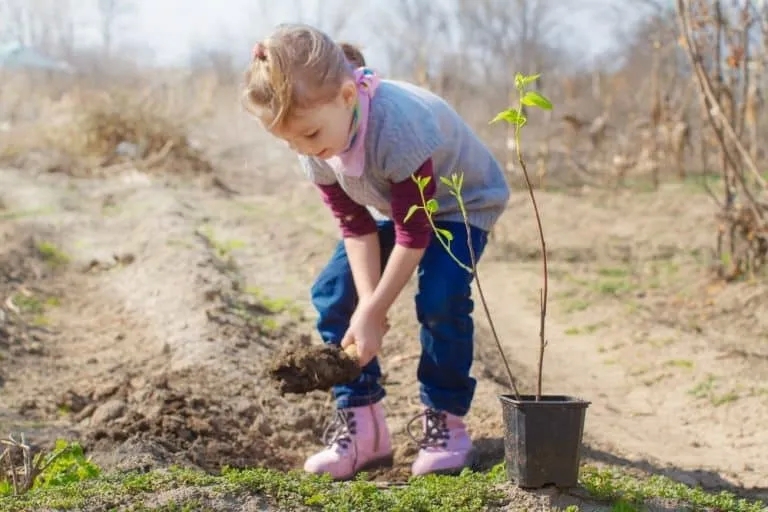
Almond — a unique tree. It boasts a delicate fragrance, beautiful pink-white blossoms, and...
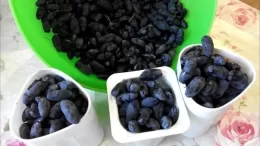
Honeysuckle is perceived in different ways. For some, it’s a "wolfberry," while for others — a secret to eternal youth and longevity. The flesh of honeysuckle contains vitamins A, C, and E, as well as a unique complex of minerals and trace elements. If 50 years ago honeysuckle was grown mainly in northern and temperate regions, today this berry is popular even in the south. Many varieties yield abundant harvests and serve as natural garden hedges.
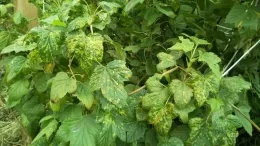
Combating diseases is a crucial part of caring for currants. Without preventive and therapeutic measures, you may not see a harvest. One of the most dangerous diseases is currant mosaic virus. The disease is characterized by its sudden onset and is difficult to treat. Learn what to do about mosaic virus on currants and which remedies to use in this article.
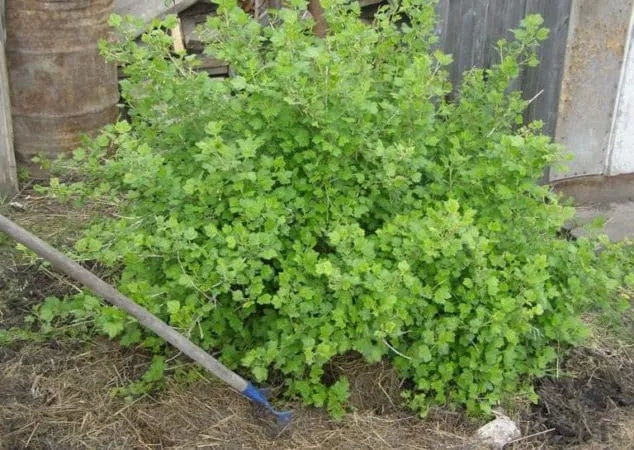
With thorns or thornless, red or green, sour or sweet – you can find all kinds of gooseberry varieties in European gardens. This berry boasts a unique flavour and a healthy composition, making it popular in cooking, medicine, and even cosmetics. Gooseberries are low-maintenance, but sometimes, despite abundant foliage, the bush produces no fruit. Let’s explore why this happens and how to fix it.
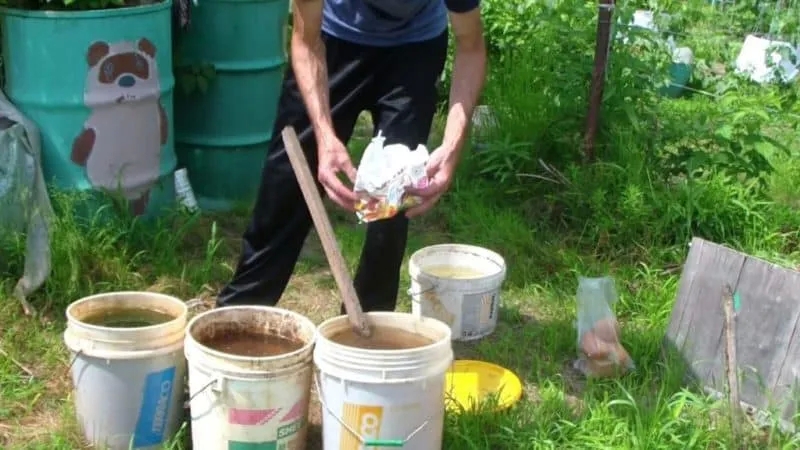
Many gardeners consider grapes to be a capricious and demanding plant, and its cultivation — a labour-intensive task. In reality, with proper care, growing grapes does not require excessive effort. In this article, we will explore how to care for grapevines, what and when to feed them during the summer season.
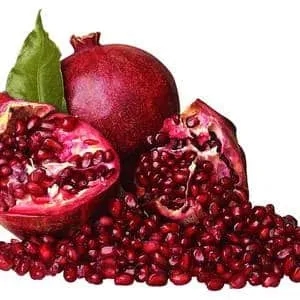
During the autumn-winter season, when the variety of fresh vegetables and fruits is limited and most have lost their nutrients or are grown in greenhouses with high nitrate levels, pomegranates come to the rescue. These fruits are packed with vitamins and minerals essential for overall health and well-being, boast excellent taste, and remain affordable.
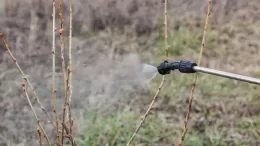
Gooseberries are known for their low maintenance, but they are susceptible to powdery mildew, rust, anthracnose, and septoria. The sweet-sour berries and juicy foliage attract caterpillars, aphids, mites, and gooseberry moths. To protect your plants from infestations, preventive treatment in early spring is recommended, following a strict schedule. Learn which products are suitable for protecting gooseberries before bud swelling, during foliage growth, flowering, and fruiting in this article.
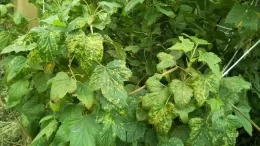
Combating diseases is a crucial part of caring for currants. Without preventive and therapeutic measures, you may not see a harvest. One of the most dangerous diseases is currant mosaic virus. The disease is characterized by its sudden onset and is difficult to treat. Learn what to do about mosaic virus on currants and which remedies to use in this article.
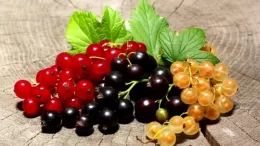
Currants are among the most widespread berry crops in Europe. Since the 10th century, they have been cultivated in monastery gardens across the continent. For centuries, people enjoyed these berries straight from the bush, dried them, cooked them, froze them, made tinctures, and used them for medicinal purposes and skincare.

Almond — a unique tree. It boasts a delicate fragrance, beautiful pink-white blossoms, and...
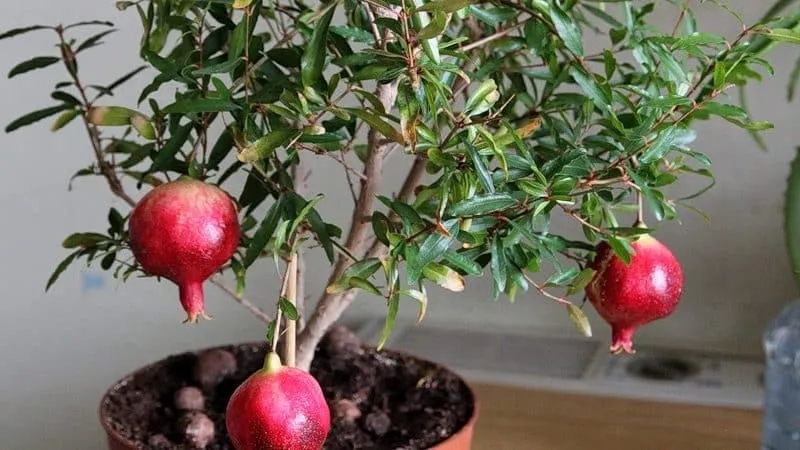
The blooming pomegranate is a sight to behold: against a backdrop of bright lime-green, lacy...
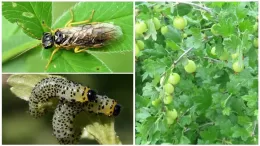
The sawfly — the most destructive insect — can reduce the yield of gooseberries and currants by up...
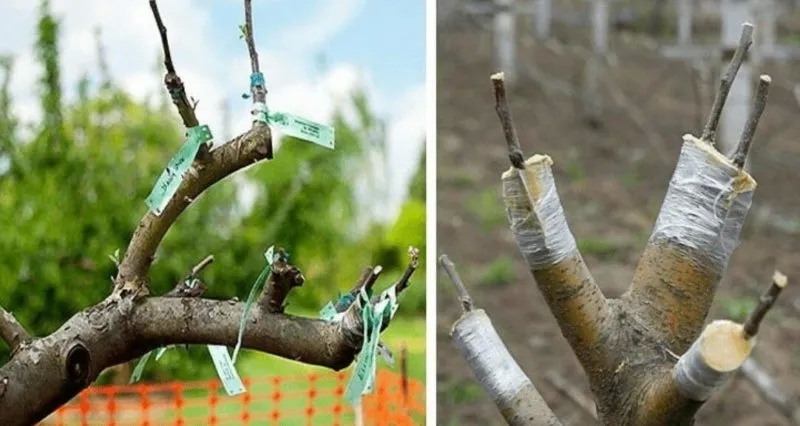
Spring — the most favourable time for garden work. During this period, fruit tree grafting begins....
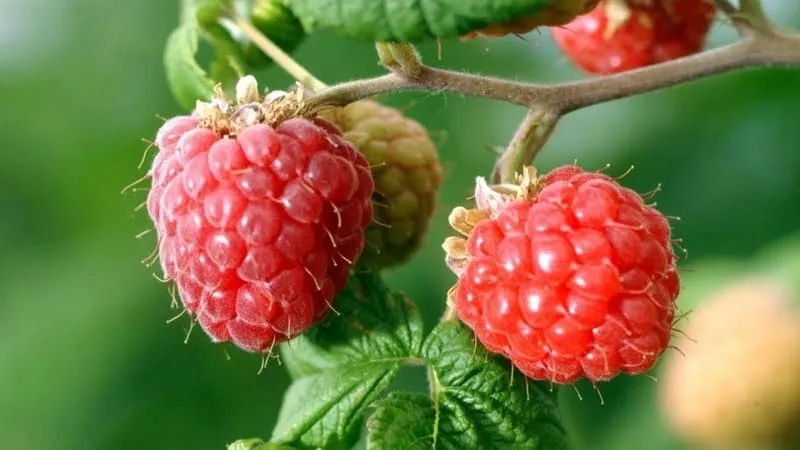
Raspberries are grown across Europe: from the sunny Mediterranean to the cool climates of...

The word "lemon" refers to both lemon trees and their fruits. This member of the Citrus family...

Nature has provided humanity with a vast variety of fruits that offer beneficial effects on the...

Freshly squeezed orange juice boasts outstanding taste, dietary, and health benefits. Its...